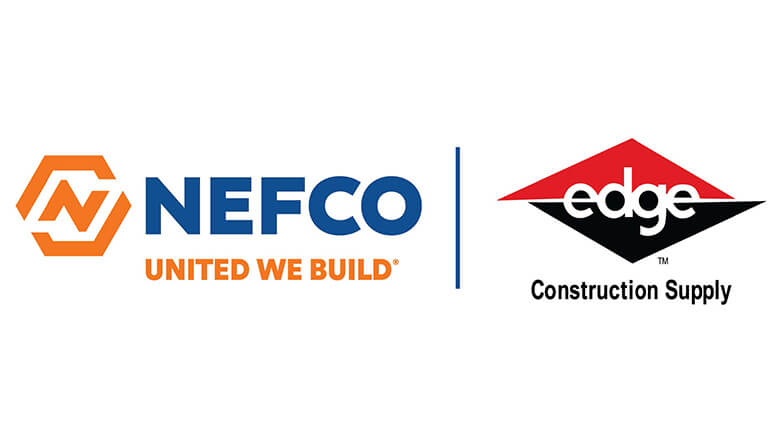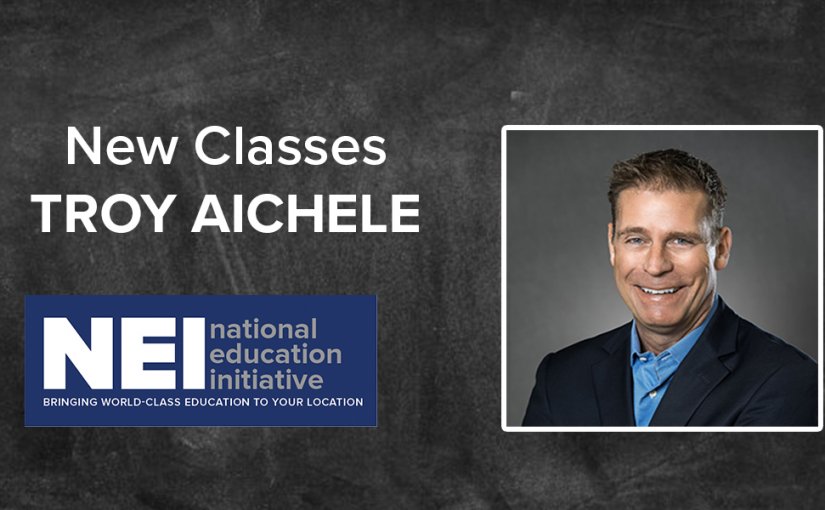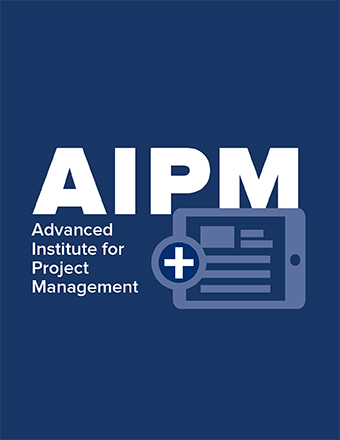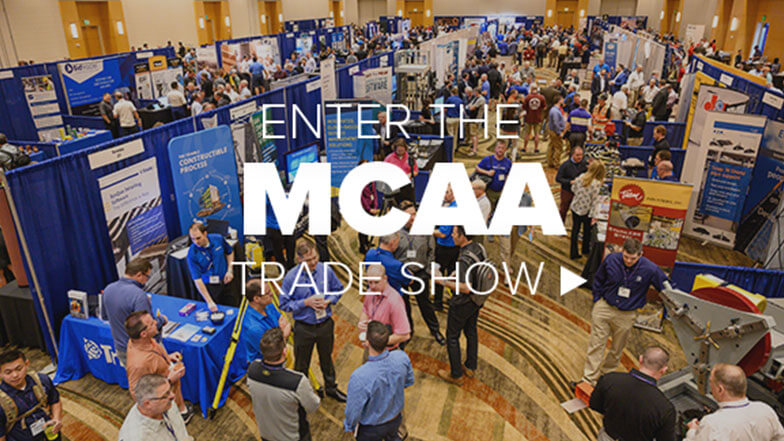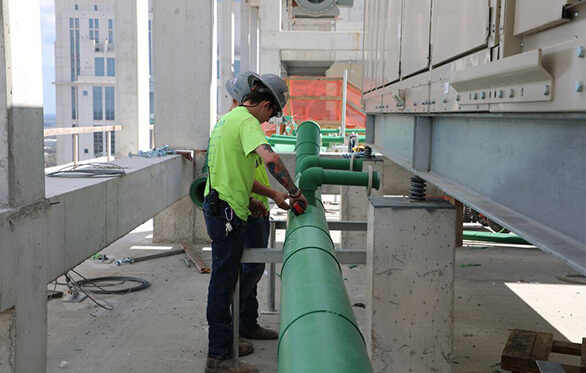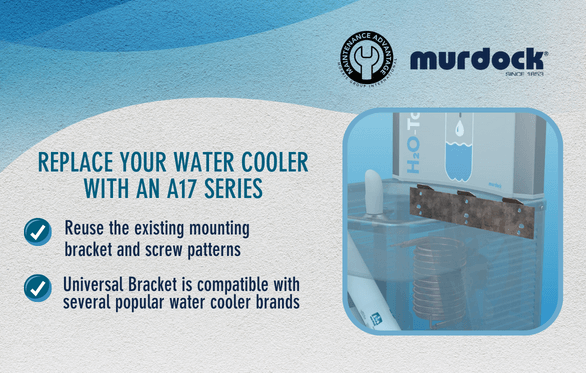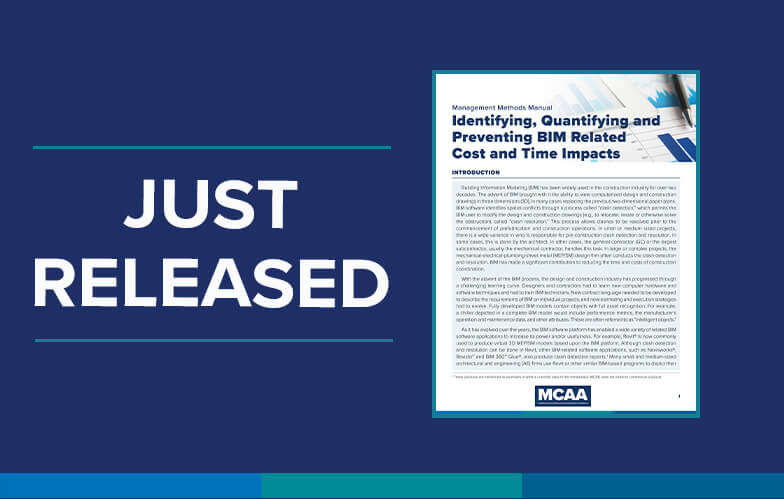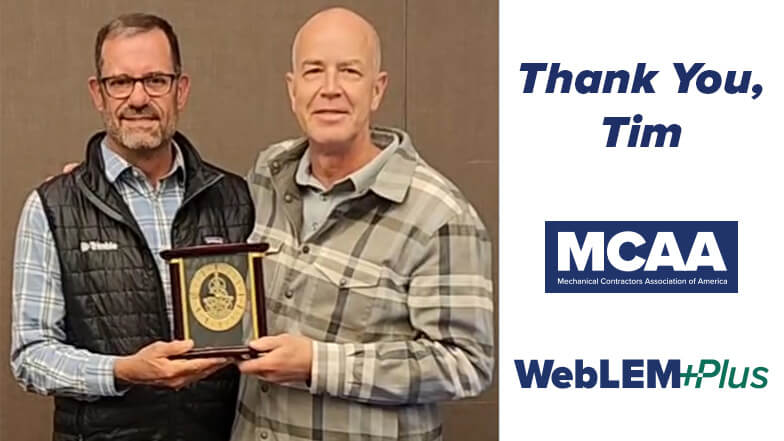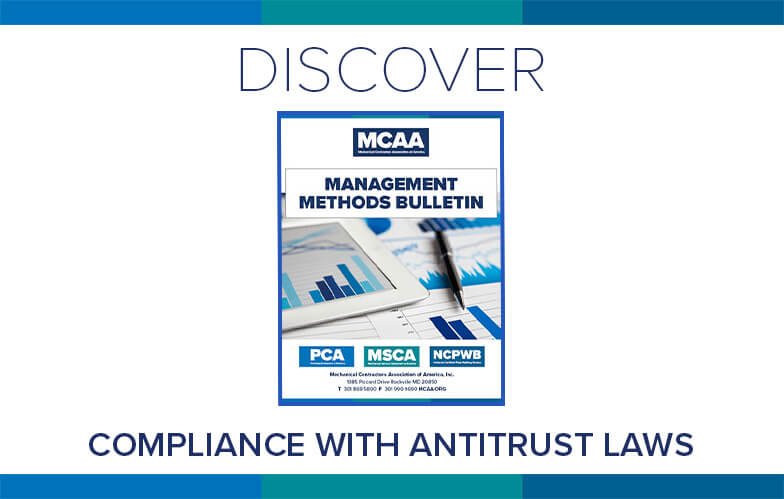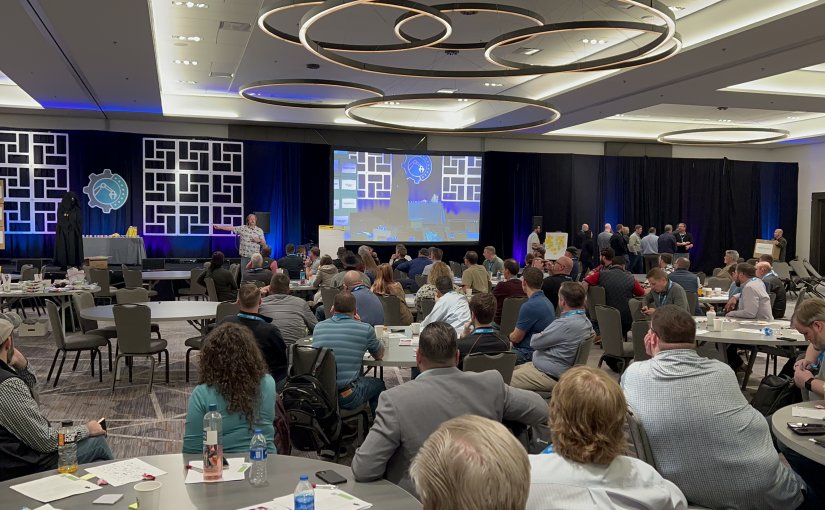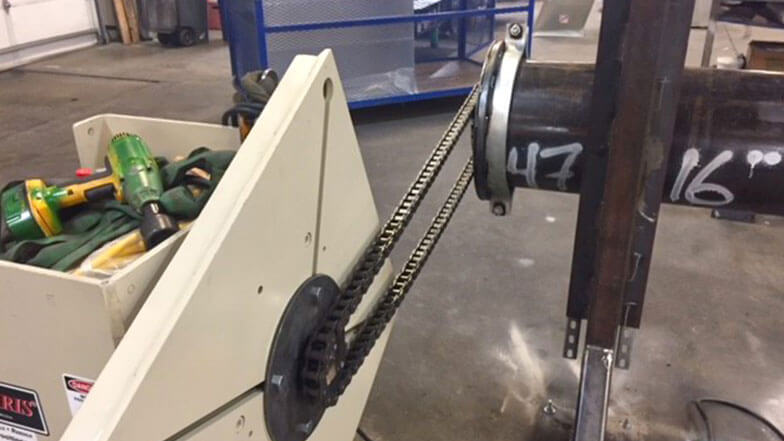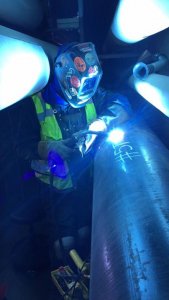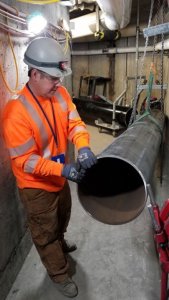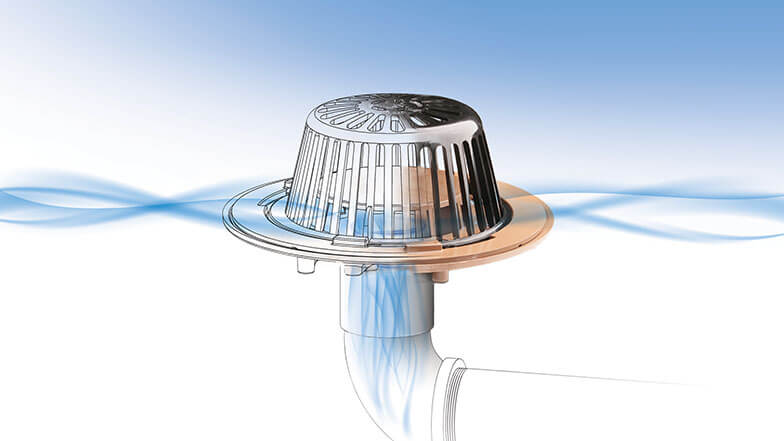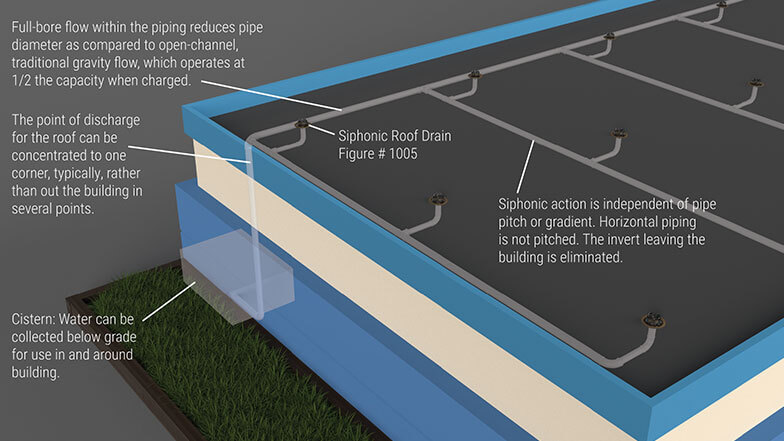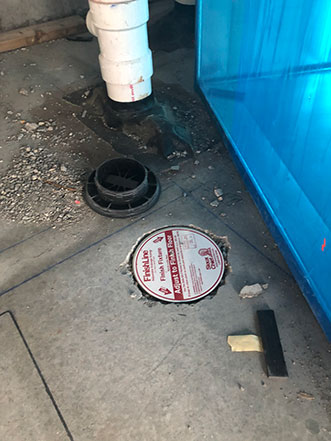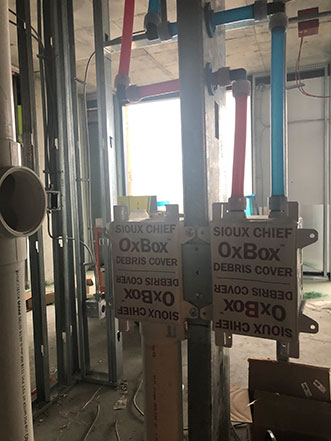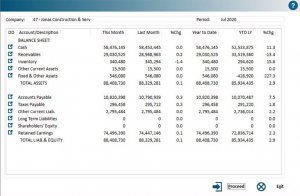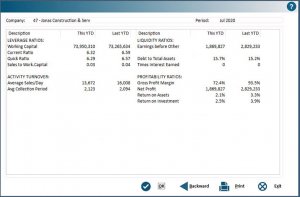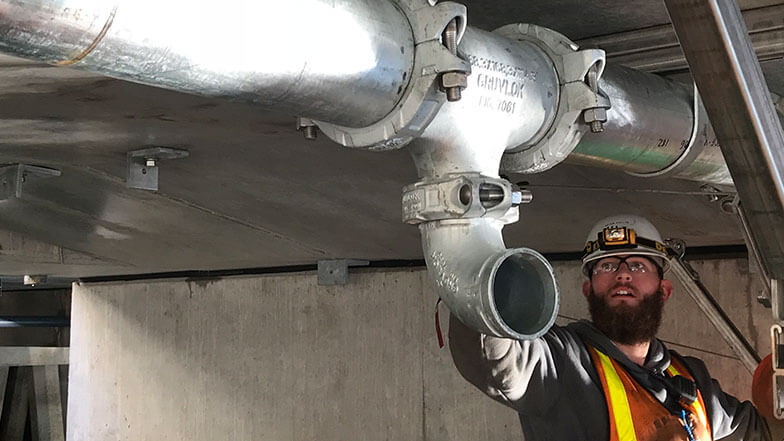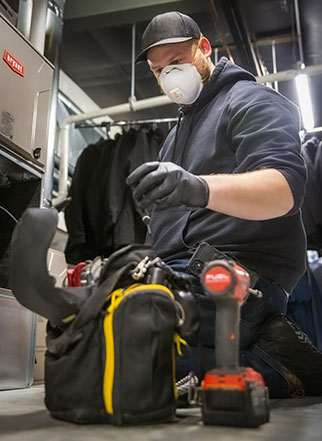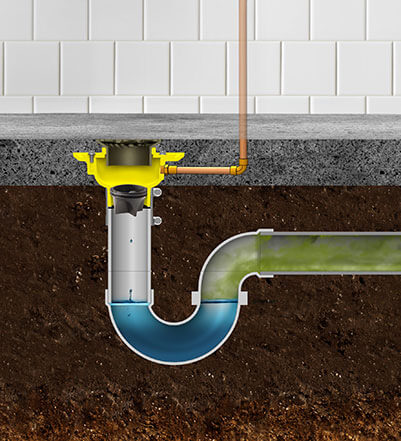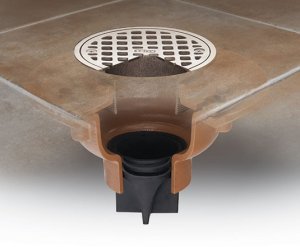NEFCO Completes Strategic Acquisition of Edge Construction Supply
MCAA member NEFCO, a leading specialty supply partner to the professional construction trades, has completed the acquisition of Edge Construction Supply (Edge). Edge is headquartered in Spokane, WA, and has eight additional locations in Washington, Idaho, Oregon, and Montana. This is NEFCO’s ninth acquisition since 2017 and brings the total number of NEFCO locations to 35.
“Edge Construction Supply is excited to take this next step to join the NEFCO team,” said Eric Grabowski, President of Edge Construction Supply. “Edge was started by my wife’s grandfather and has deep roots as a family business. NEFCO is also a family business with similar core values focused around taking exceptional care of both employees and customers. Through this partnership, we will be able to expand both our footprint and product offering. NEFCO’s expertise in SHARP products, engineered pipe supports, and supply chain will benefit our current contractor customers throughout the Northwest. We know great things are ahead with NEFCO, and we could not be more thrilled to join forces with this thriving organization.”
Edge began in Spokane, WA in 1949 as Safway Supply offering scaffolding products. Jesse Thomas was the founder, and his son, Rick Thomas, became CEO in 1985 and significantly grew the company in both locations and products offered. Eric Grabowski, Rick’s son-in-law, took over the reins of the business in 2008 and continued its’ expansion. Edge has been serving and helping build the Pacific Northwest for almost 75 years and looks forward to the possibilities for the future with this merger.
NEFCO is committed to ensuring a seamless transition for Edge and its employees. Current customers of Edge can expect uninterrupted service and support during this transition.
“Edge is an incredible family business that has built a reputation for being a highly reliable, service-focused distributor with high integrity and strong values. We are honored to welcome the amazing Edge employees to the NEFCO family where we share many of the same values,” said NEFCO CEO, Matthew Gelles. “The partnership with Edge brings NEFCO into the Pacific Northwest, furthering our expansion across the west coast as we work to achieve our vision to partner with contractors across every jobsite in America.”
For more information, email Inquiries@nefcocorp.com or visit www.GoNefco.com.
About NEFCO – NEFCO is a family owned and operated construction supply company providing a broad range of products and services to a large variety of professional contractors. With 35 locations throughout the United States, NEFCO provides localized, contractor-centric services including extensive industry expertise, large local inventories, fast dependable jobsite delivery, turnkey engineering services, and specialty fabrication and assembly of construction materials.
About Edge Construction Supply – Founded in 1949, Edge Construction Supply has been serving the commercial construction and industrial markets throughout the Pacific Northwest, with its headquarters in Spokane, Washington and eight additional locations in Washington, Idaho, Oregon, and Montana.
